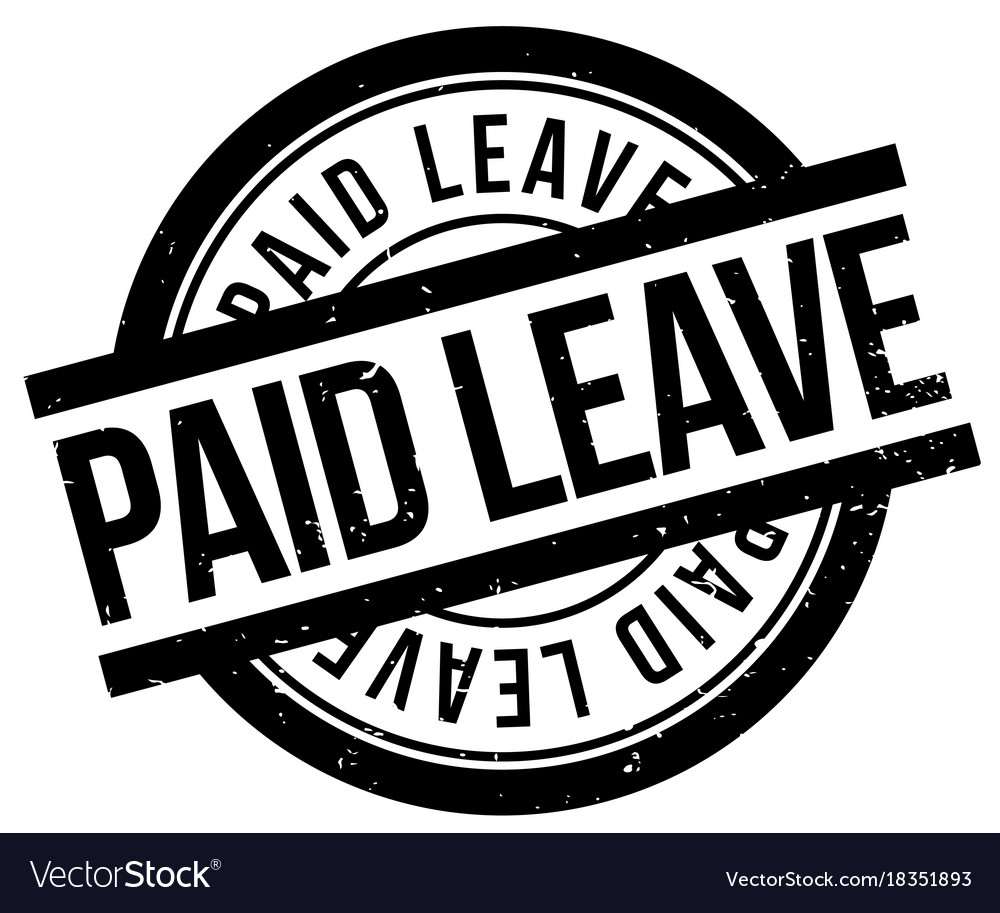
The law’s job protection guarantees workers the right to return to their original job or to an equivalent position with the same salary and benefits. Eligible workers can take up to 12 weeks of FMLA leave to care for a newborn or newly adopted child to care for a spouse, child, or parent with a serious health condition to recover from a serious health condition preventing them from working or to take military family leave. The 1993 Family and Medical Leave Act (FMLA) was the first national policy to provide many workers with job-protected - albeit unpaid - time off from work. There are stark disparities by race and income in access to paid leave: white, non-Hispanic workers and those with high wages are more likely to have access than Black or Hispanic workers and those paid low wages.


(See box, “Emergency Paid Leave During the COVID Pandemic.”) These policies provide time off to some workers, but most workers are not eligible for any paid leave. Instead, it has a patchwork of policies - including a national policy providing job-protected unpaid leave, several state-level paid leave programs, employer-provided paid leave benefits for a small minority of workers, a small federal tax credit for some employers that offer paid leave, and a temporary COVID-related federal paid leave program in 2020, which was followed by temporary incentives for employers that offer COVID-related leave in 2021. The United States is the only member of the Organisation for Economic Co-operation and Development (OECD) that does not have a national paid family leave program, and one of two member countries lacking a national paid medical leave program. Today’s Patchwork of Policies Leave Most Behind Thoughtful policy design choices would ensure that a national paid leave program would be fully accessible to all workers. These workers are disproportionately ineligible for current federal, state, and employer-based leave policies, and face more barriers to accessing benefits even when they are eligible. The program should also include robust outreach and a straightforward application process.Įvery aspect of program design should prioritize the needs of low-wage workers, workers of color, and other marginalized groups. To broadly share benefits and costs, most or all workers should be eligible. It should be generous enough that low- and middle-income workers can meet their families’ needs while on leave. It should cover comprehensive reasons for leave, including caring for a new child and for a worker’s serious health condition or that of a family member - and possibly other reasons, such as natural disasters or public health emergencies. The United States should establish a permanent paid family and medical leave program. Paid leave programs in the places that offer them are popular. Paid leave benefits businesses by improving retention and productivity and boosting labor force participation. Paid medical and caregiving leave lets workers care for themselves and loved ones when ill or injured, and reduces financial insecurity and stress during those times. Providing new parents with paid time off to care for newborn or recently adopted children contributes to healthy development, improves maternal health, and enhances families’ economic security.

The benefits of paid leave are well established. And while some employers voluntarily offer paid family and medical leave, the vast majority do not. Nine states and the District of Columbia have paid leave programs at various stages of implementation, but two-thirds of workers don’t live in those states. Federal law affords a little over half of workers access to unpaid leave but provides no national paid leave. Instead, we have a patchwork of federal, state, and local policies. The United States is alone among wealthy countries in its lack of a national paid leave program.The United States is alone among wealthy countries in its lack of a national paid leave program. The recovery legislation that policymakers are expected to consider provides a historic opportunity to create a permanent, broad-based, comprehensive, and progressive program of paid family and medical leave. Though Families First limited benefits to COVID-19-related reasons and did not cover all workers, it recognized that workers need to be able to take time off to attend to their own health, the health of family members, and other caregiving responsibilities without losing their wages or jobs, and that employers’ voluntary efforts to provide paid leave are insufficient to protect public health and the economy. In response to the COVID-19 pandemic, federal policymakers created a temporary paid family and medical leave program in the Families First Coronavirus Response Act, which passed with strong bipartisan support.


 0 kommentar(er)
0 kommentar(er)
